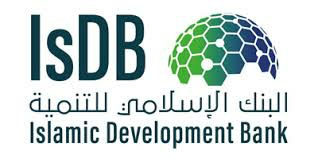Observer Report
Jeddah/London
Fitch Ratings has affirmed Islamic Development Bank’s (IsDB) Long-Term Issuer Default Rating (IDR) at ‘AAA’ with a Stable Outlook. The Short-Term IDR has been affirmed at ‘F1+’. The trust certificates issued by IDB Trust Services Ltd have also been affirmed at ‘AAA’.
IsDB’s ‘AAA’ Long-Term IDR is driven by the intrinsic credit quality of the bank with solvency and liquidity both assessed at ‘aaa’. Despite negative pressures on asset quality and capitalisation as a result of the global pandemic, Fitch expects the overall impact on the bank’s credit profile to remain limited with solvency metrics slightly deteriorating but remaining at a level consistent with the bank’s Long-Term IDR of ‘AAA’.
IsDB’s ‘aaa’ solvency assessment is underpinned by the bank’s ‘excellent’ capitalisation with an equity-to-adjusted-assets ratio of 38.5% at end-2019, down from 40% the previous year. Fitch’s usable capital to risk-weighted assets ratio (FRA ratio) is above 40%, which is also consistent with an ‘excellent’ assessment (above 35%). Fitch expects the two capitalisation ratios to remain at levels consistent with an ‘excellent’ assessment in the medium term.
IsDB’s Board of Executive Directors has approved a group-wide USD2.3 billion financial package to support member countries, which includes USD1.52 billion that will be funded out of IsDB’s ordinary capital resources. The approved package primarily represents a re-allocation of committed resources that aims to support member countries’ efforts to prevent, contain, mitigate and recover from the impact of the COVID-19 pandemic. This will lead to an acceleration of disbursements in 2020 but not to a significant increase in the bank’s financing operations.
The bank continues to receive paid-in capital contributions from shareholders as a result of the fourth general capital increase but these amounts have not been sufficient to offset the growth in the financing portfolio and have led to an increase in leverage to 1.56x at end-2019 compared with 0.9x at end-2014. This remains low compared with ‘AAA’ rated peers but is close to the bank’s prudential limit on leverage. The bank’s shareholders have endorsed a significant increase to the bank’s paid-in capital that would enable the bank to meet the growing financing needs of member countries while bolstering capitalisation metrics.









